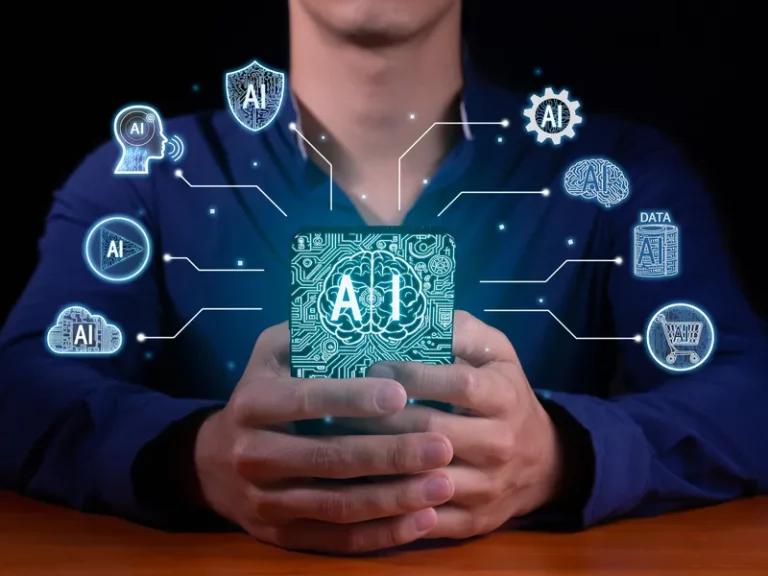In an era where cyber threats are evolving at an unprecedented speed, traditional perimeter-based security models are no longer enough to protect valuable assets. The Zero Trust framework, built on the principle of “never trust, always verify”, has emerged as a cornerstone of modern cybersecurity strategies. At the same time, artificial intelligence (AI) is transforming how organizations detect, respond to, and predict threats. The integration of AI into Zero Trust architectures is not just an upgrade; it is becoming a competitive necessity for organizations aiming to outpace cyber adversaries.
For enterprises, this dual adoption is more than a technology shift it’s a mindset change. AI enables the capability to process and analyze vast datasets in real-time, providing intelligent and adaptive responses to suspicious activity. Combined with Zero Trust’s strict verification protocols, organizations can minimize risk exposure, reduce attack dwell time, and close the gaps that human oversight alone might miss. The real value emerges when these two powerful approaches operate together, creating a security ecosystem that is predictive, responsive, and resilient.
- AI-Powered Identity Verification
Zero Trust demands continuous authentication and authorization for every access request, and AI takes this to the next level. Machine learning algorithms can evaluate behavioral patterns, such as login times, typing speeds, and geolocation, to determine whether a user truly is who they claim to be. If an anomaly is detected, access can be restricted or additional verification steps triggered automatically.
- Intelligent Threat Detection and Response
AI can analyze millions of events per second, identifying malicious activity that might evade traditional detection methods. When integrated into a Zero Trust framework, these AI-driven insights can instantly trigger policy enforcement, isolate compromised assets, and neutralize threats before they spread. This not only speeds up response but also prevents security teams from being overwhelmed by false positives.
- Automated Policy Adaptation
Zero Trust architectures require detailed access control policies, but maintaining these manually can be cumbersome. AI enables dynamic policy updates based on evolving risk factors, user behavior, and contextual data. This adaptive capability ensures that security rules stay aligned with both the threat landscape and business needs without constant human intervention.
- Predictive Risk Management
By analyzing historical data, AI can forecast potential attack vectors and vulnerabilities. In a Zero Trust environment, these predictions inform proactive security measures, such as preemptively blocking risky IP addresses or tightening access to critical systems during high-risk periods. This predictive element transforms Zero Trust from a purely reactive stance to a forward-looking strategy.
- Enhanced User Experience Without Compromising Security
One of the biggest challenges in security is balancing protection with usability. AI can help streamline Zero Trust authentication processes by applying risk-based logic, reducing friction for trusted behavior while still enforcing strict checks on suspicious activity. This means employees and partners can work efficiently without security feeling like an obstacle.
Strategic Insights for Leaders
The fusion of Zero Trust and AI is not a future concept, but already shaping the way forward-thinking organizations safeguard their digital ecosystems. Business decision-makers should view this integration as an opportunity to create a security model that learns, adapts, and scales alongside business growth. By embracing both, companies not only fortify defenses but also position themselves as innovators in cybersecurity readiness.
As cyber threats become more sophisticated, leaders must invest in solutions that combine precision with adaptability. At Terrabyte, we empower organizations to adopt cutting-edge cybersecurity strategies, helping them integrate Zero Trust principles with AI intelligence for a smarter, stronger defense posture.



